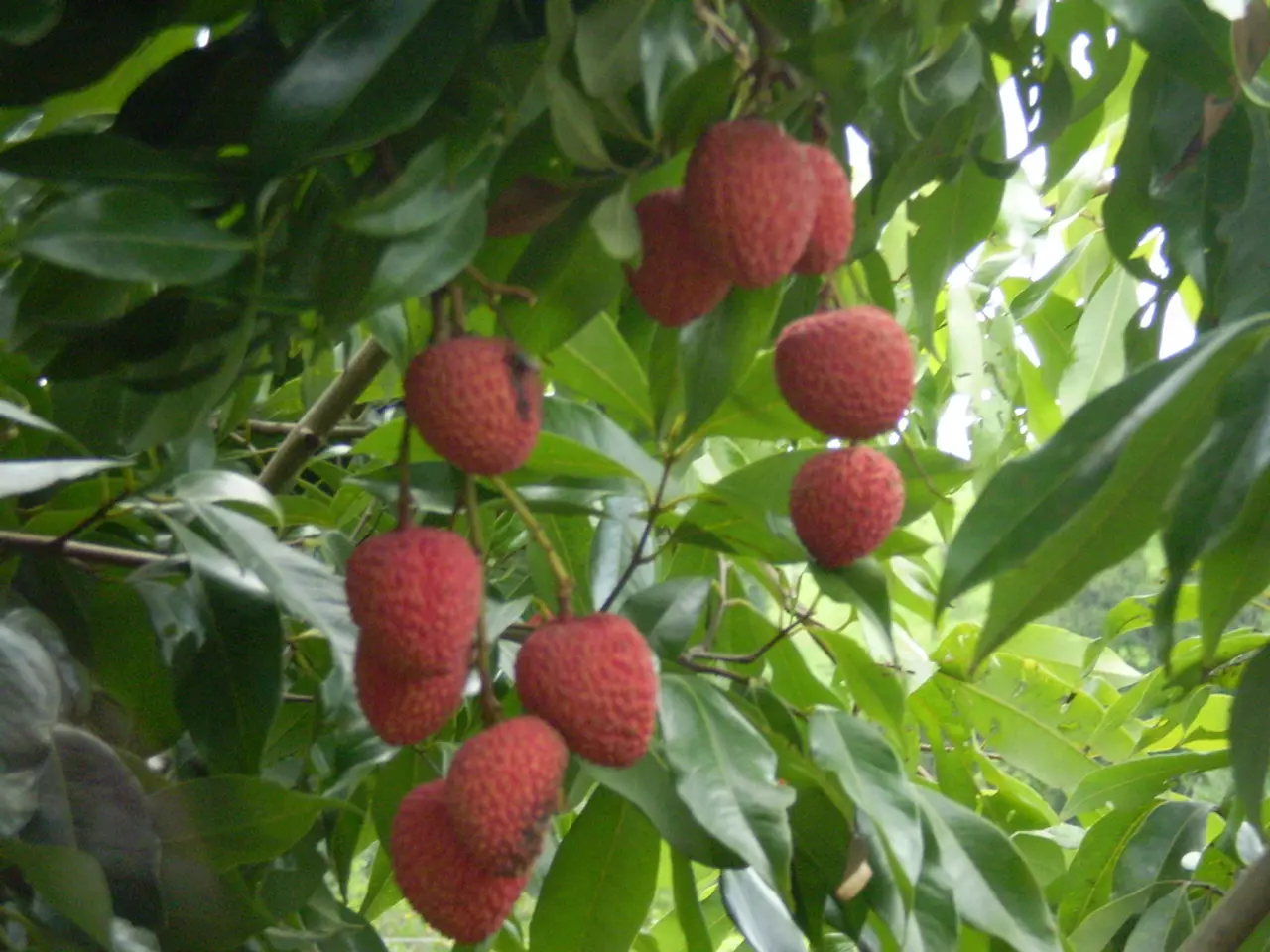Acquiring Strawberry Plants Without Spending a Dime: An Easy Method Revealed
In the heart of every green thumb lies a secret to nurturing lush gardens, and today, we're sharing a cost-effective and natural method for multiplying your strawberry patch - strawberry plant propagation using runners.
Strawberry plants naturally produce runners, long, thin stems that grow out from the main plant and develop small plantlets at their tips. Choosing strong, healthy runners for propagation results in the best outcomes.
Here's a step-by-step guide to propagating strawberry plants using runners:
- Identify healthy runners: Wait until your strawberry plant produces runners. These long, thin stems will grow out from the main plant and develop small plantlets at their tips.
- Position the runners: When the plantlets at the end of the runners have small leaves and roots starting to form, gently place them on the soil surface close to the main plant, ensuring the roots can contact the soil.
- Secure the runner: Use small pins, such as bobby pins or garden staples, to hold the runner and plantlet firmly to the soil without damaging them, preventing the runner from popping out of the soil.
- Keep the soil moist: Maintain consistent moisture around the rooted plantlets but avoid waterlogging. This encourages root growth and helps the new plants establish well.
- Allow roots to develop: Let the plantlets root on their own while still attached to the mother plant. This process usually takes a few weeks (sometimes around 18 days or more).
- Sever the runner: Once the new strawberry plants have developed a strong root system and appear healthy, cut the runner stem connecting them to the mother plant.
- Transplant if desired: You can leave the new plants where they rooted or carefully transplant them to other locations or containers, maintaining good soil and conditions suitable for strawberries.
This method clones the mother plant, is cost-free, and is an easy way to multiply your strawberries using natural runners.
Key tips: Position runners on moist soil, secure them gently, and avoid disturbing roots until well established. Avoid planting runners directly into dry soil or submerging them, as this can hinder rooting.
This method requires a nutrient-rich, well-draining soil, a paperclip (or similar small fastener), and a healthy strawberry plant already producing runners. With these simple steps, you can create a thriving strawberry garden for fresh, homegrown berries year after year.
This article is brought to you by Bonnie Ferrero, a passionate advocate for hiking, cooking, gardening, and home decorating. Bonnie embodies a holistic approach to life, dedicated to service, growth, and well-being through her professional achievements, community involvement, and personal pursuits.
By propagating multiple strawberry plants in different pots at once, you can maximise your strawberry yield and enjoy the rewards of your green thumb all year round!
- By following the step-by-step guide for strawberry plant propagation using runners, you can create a thriving strawberry garden at home, contributing to your lifestyle and home-and-garden decor.
- Bonnie Ferrero recommends maximizing your strawberry yield by propagating multiple strawberry plants in different pots at once, allowing you to enjoy fresh, homegrown berries year-round.
- Incorporating strawberry plants into your garden through this cost-effective and natural method of propagation not only adds to your gardening skills but also promotes a holistic approach to life, embodying Bonnie Ferrero's philosophy of service, growth, and well-being.




